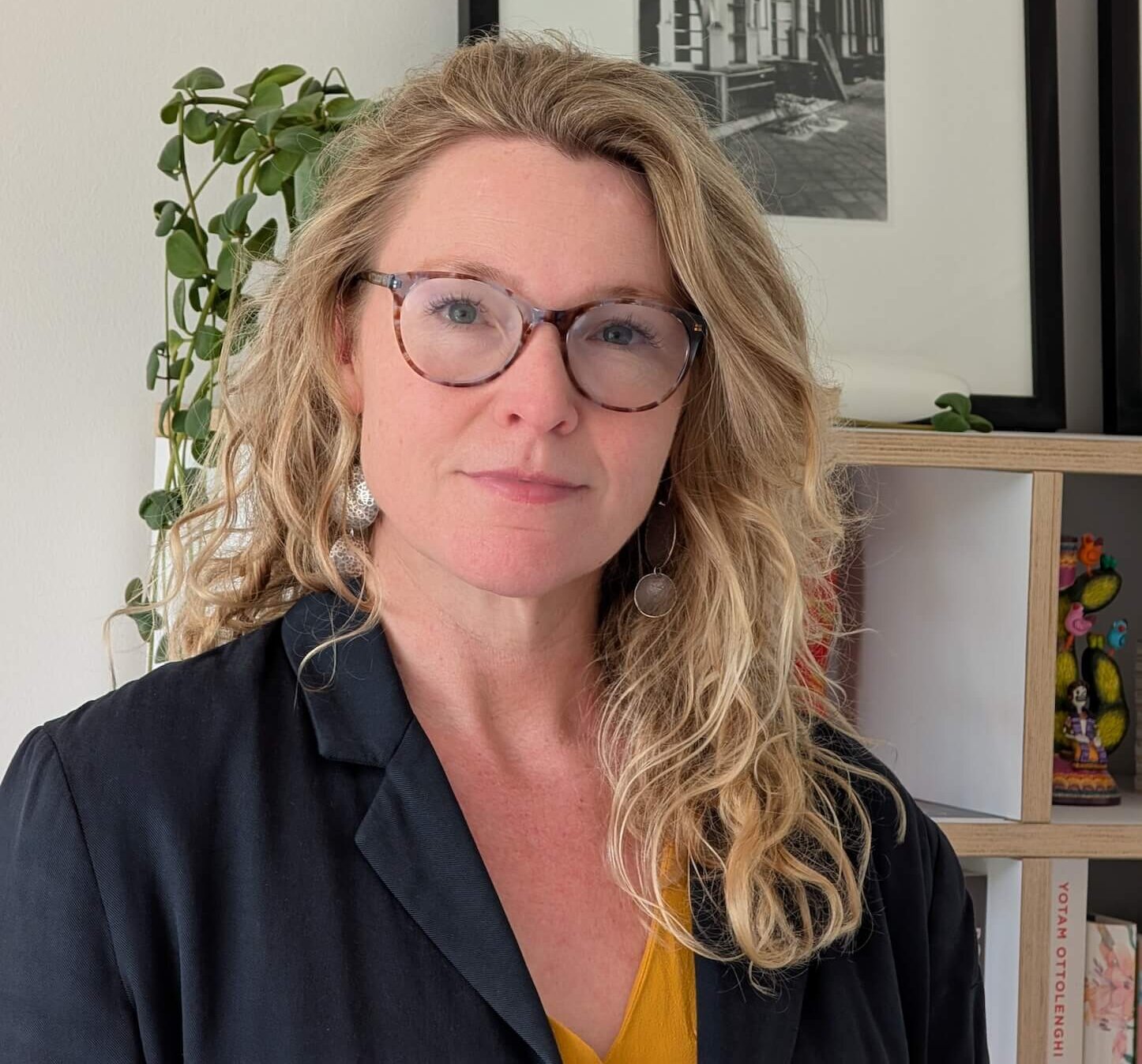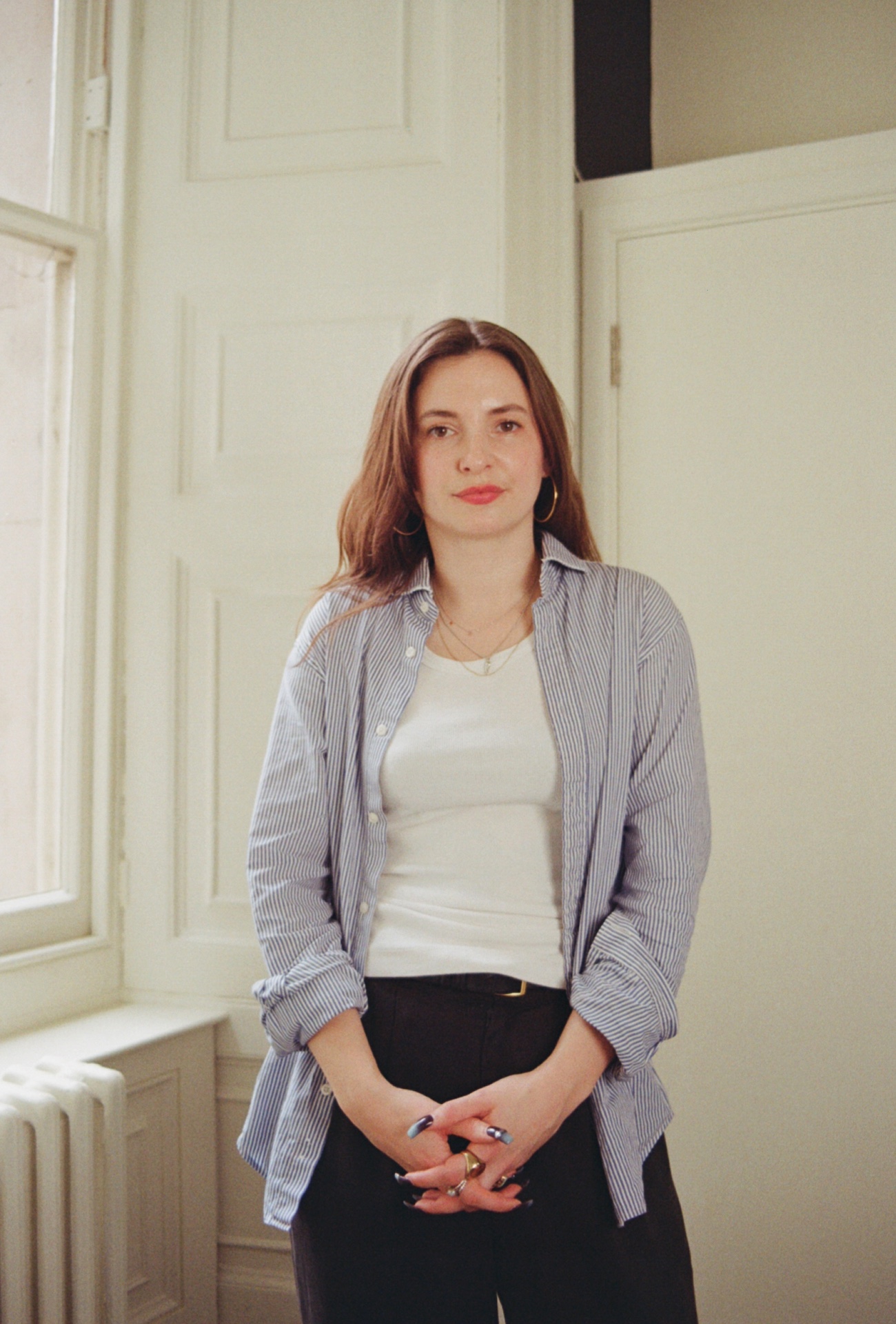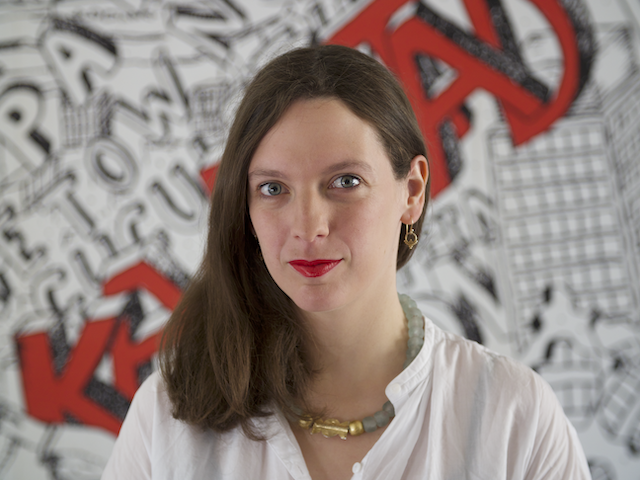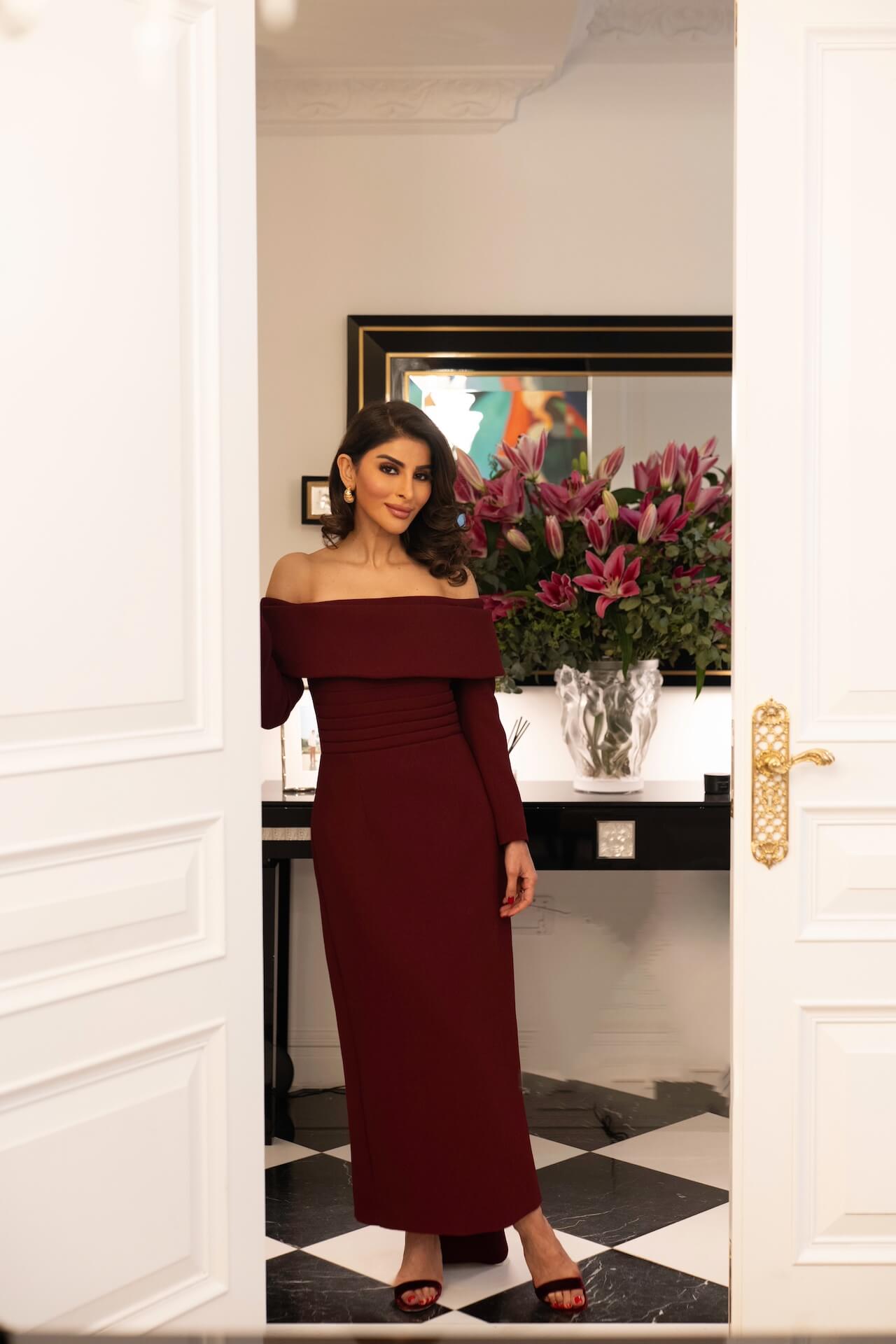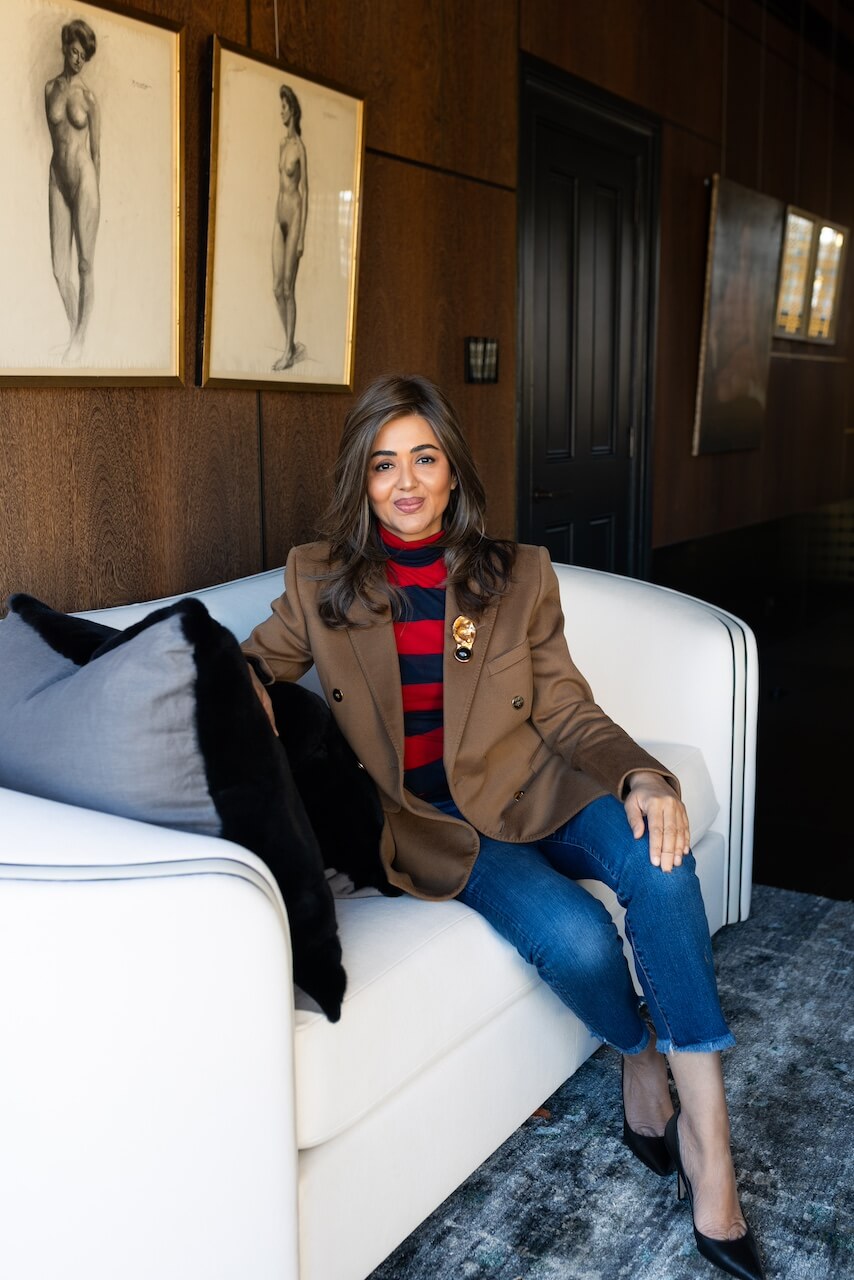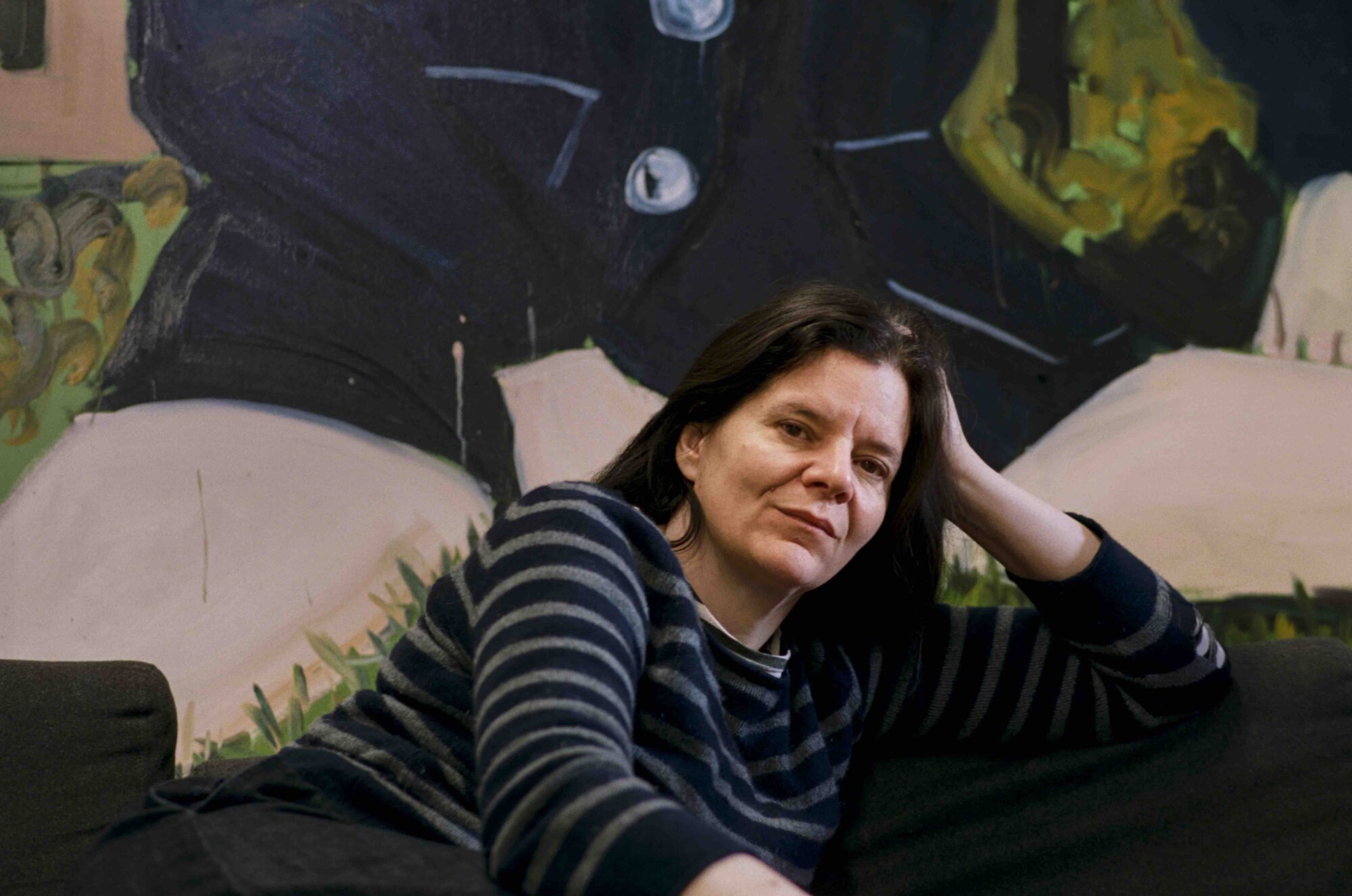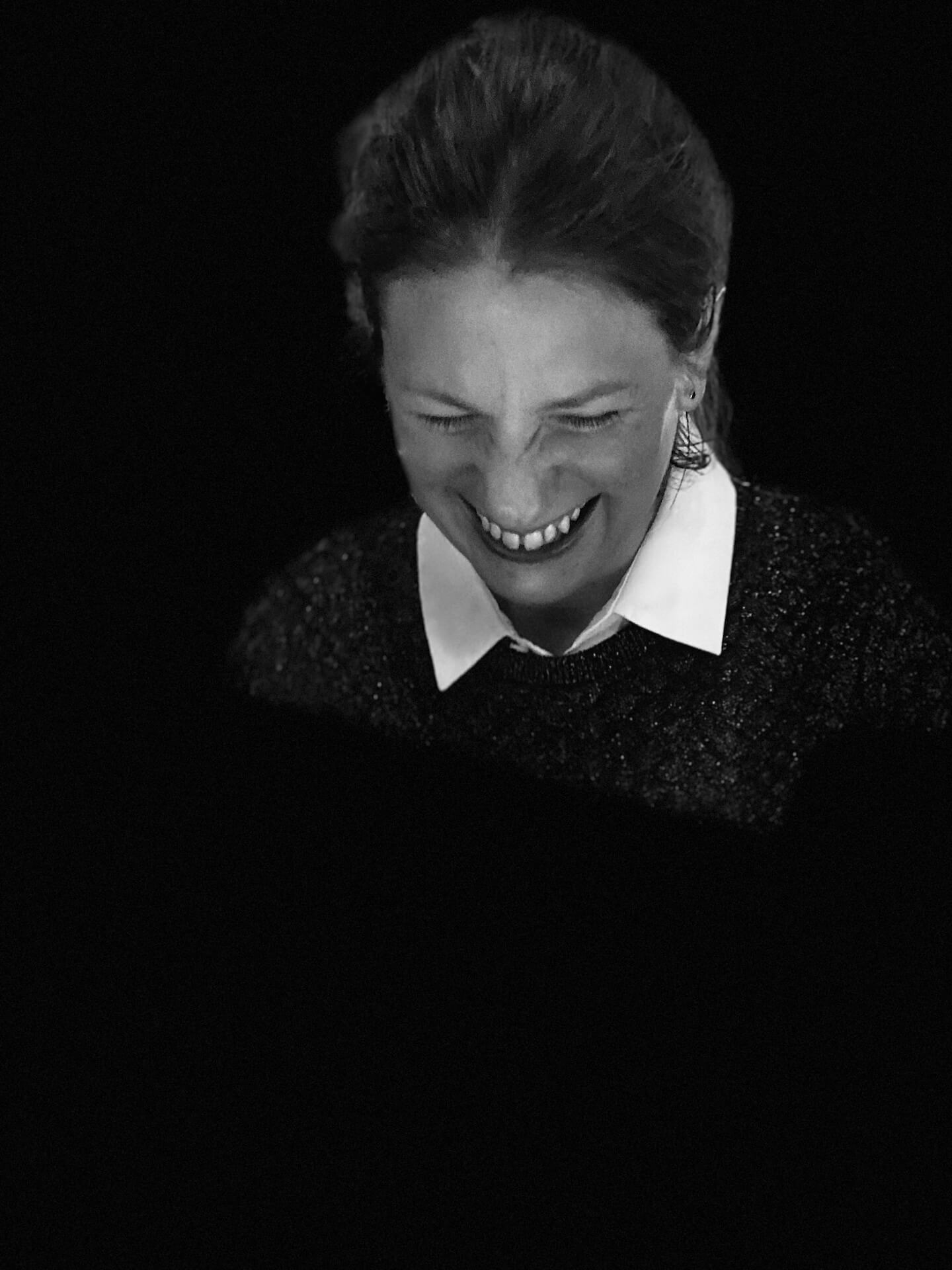

Interview: Gallery founder and director, Hannah Barry
THE WICK: You started your own gallery – Hannah Barry – back in 2008 in Peckham, which has remained your home. What does South-East London hold that continues to inspire you?
Hannah Barry: As a child poet and artist William Blake claimed to have seen a vision of angels in Peckham Rye. In his notebook he described ‘A tree filled with angels, bright angelic wings bespangling every bough with stars.’ Since the time of the Doomsday book Peckham has been an exciting place to be – for leisure and culture, trade and business, … Today it remains a place of potential, a place to make ideas happen, to find space to make your own future. It continues to be a home for optimism, creativity, and aliveness. A place of visions!
TW: Your gallery champions bold and experimental work across creative disciplines. How do you identify and source your artists?
HB: Intuition, curiosity, looking, listening, and always looking out.
TW: What do you think the larger role of art is in our lives?
HB: Encounters with art in the broadest sense brings people together and takes them to a place of new connectivity. Art helps us in challenging and expanding established boundaries, illuminating and revealing hidden truths and giving meaning and power to artistic and political practice.
TW: Your non-profit art organisation, Bold Tendencies, has transformed a disused car park and its vibrant pink entrance has become renowned as a place for the culturally curious. What role do you think art should play in transforming cities and towns?
HB: Creativity can take us beyond our limits, and Bold Tendencies is a beyond the limits place. I think of Bold Tendencies as a memory palace; a special and spectacular place of culture and assembly, offering access, participation and enjoyment of the arts for everyone. With the combined fallout of the Pandemic and a new wave of austerity, we recognise pressured local environments. In mitigation of the daily barriers and challenges people and society face, arts organisations can hold space to imagine, create and appreciate the arts, and exercise the right to joy for artists and audiences of all ages and backgrounds.
“Art helps us in challenging and expanding established boundaries, illuminating and revealing hidden truths and giving meaning and power to artistic and political practice.”
TW: The art of food. Your top spot to grab dinner in South-East London after a private view? And who would be your dream dinner guest?
HB: Il Giardino on Blenheim Grove or The Camberwell Arms. To be honest I’ve probably enough dream dinner guests to fill both places… but if I had to choose, it would be Alexander McQueen. I would love to talk to him about all those shows he made, which I’ve only ever experienced via the videos online. Or Hildegard of Bingen… the visionary woman of the Middle Ages. Stationed in the convent at Rupertsberg, Hildegard welcomed visitors seeking counsel, consolation; her letters allowed her to correspond enthusiastically with individuals all over Europe from all walks of life – instruction, comfort, illumination, admonition – she’d be a good conversation companion or confidant.
TW: Why is community important for the art world?
HB: In this moment of polycrisis, community is important for the world. Society and societal relations has long been progressed through acts of daily communion and upheld through principles of connection, reverence, transition and memorial. But there is no communion without community; no community without culture and creativity. It is a broad and urgent theme, structuring the ways we experience, narrate and respond to social injustices and crises, energising progress and transformation.
TW: You’ve been instrumental in developing younger artists such as George Rouy – and have also forged partnerships with mega galleries such as Hauser & Wirth. What do you think the role is for galleries in shaping artists?
HB: Galleries at all scales play multiple, ever changing and propulsive roles in supporting artist, Hannah Barry Gallery is committed to valuing experimentation and risk, discussion and debate and continues to operate according to the principles on which it was started: dedicated to the progress of artists and their ideas, to the development of a language and network of support around artistic practice, and to bring the work to the broadest possible audiences.
TW: What is the best piece of advice you have received and would pass on?
HB: Maybe not necessarily the best ever piece of advice, but the most recent is a quote from the writing of Marcel Proust. This chimed with me, especially in the challenging day-to-day, day-by-day environment we are living and working in: “If a little dreaming is dangerous, the cure for it is not to dream less, but to dream more, to dream all the time.”
TW: What would be your ultimate artwork to add to your collection?
HB: Nan Goldin: Simon with Jessica ecstatic, Paris, 2001. Illustrated in The Devil’s Playground, a publication that offers the legacy of the (before my time) show at Whitechapel.
TW: Who is your ultimate Monday Muse?
HB: These days, bell hooks. I regularly read and reread All About Love: New Visions her unrivalled book of wisdom, experience, compassion and living.




